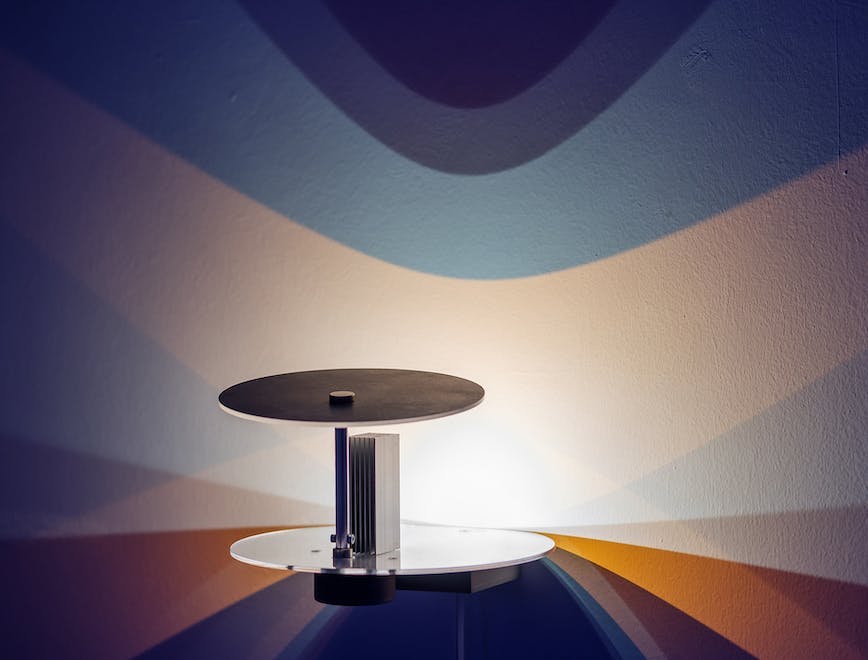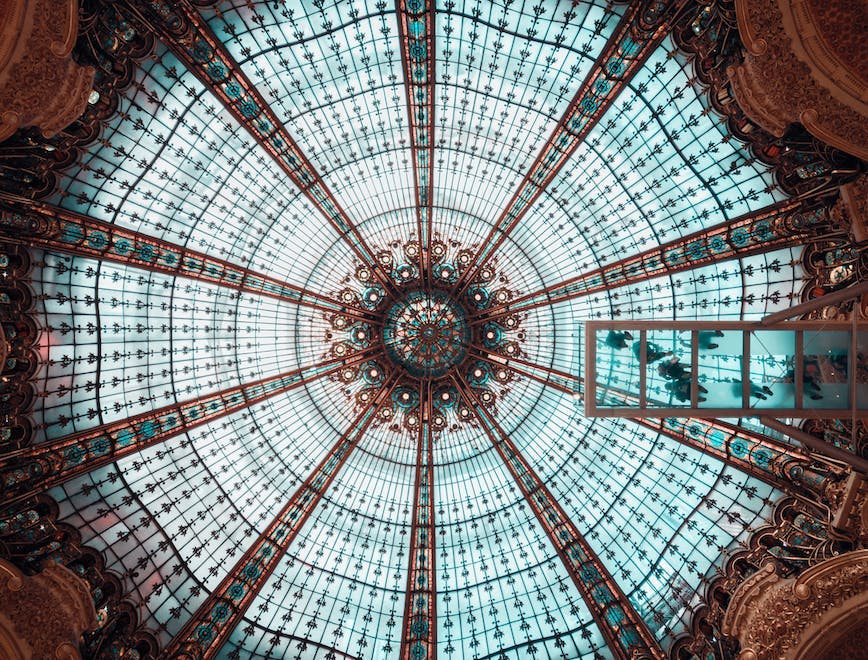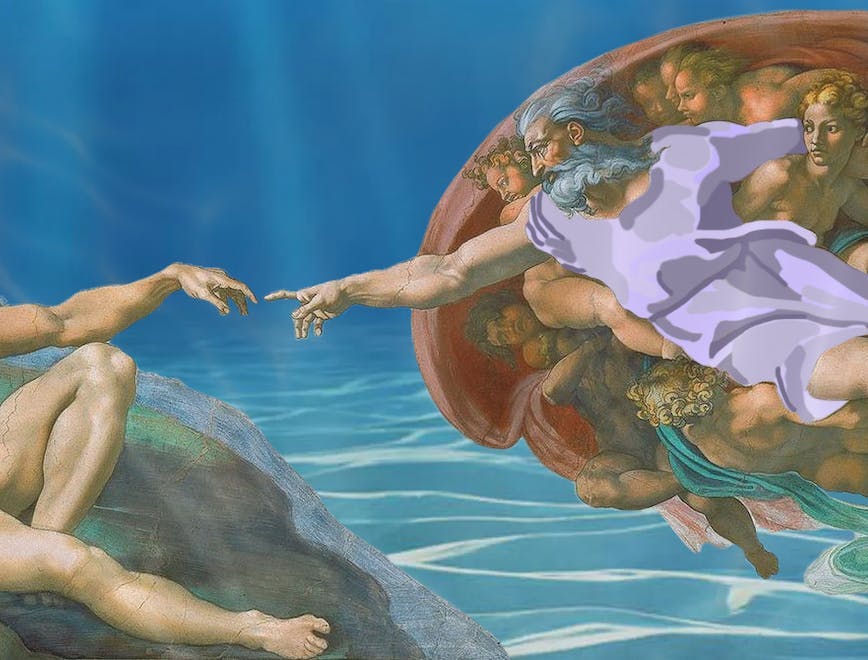Interview with curator Yev Kravt: Art is a matter of perspective
Yev Kravt's work encompasses a range of creative, cultural, and social initiatives. As an international curator, she discovers vibrant art scenes and hidden art treasures in exciting cities, from Amsterdam to Dubai. Her main motivations are social change and inclusion. L'Officiel Austria spoke with her about art, inspiration, and the importance of home, the theme of her current exhibition, the Larnaca Biennale.
Over the past 10 years, Yev Kravt, the international curator with Dutch roots, has organized numerous exhibitions in museums, galleries, and non-profit organizations, including the Foam Photography Museum Amsterdam, the Droog Gallery, SEXYLAND World, and currently the Larnaca Biennale 2023 in Cyprus.
Can you tell us about your background in the arts?
Yev Kravt: "Art has always been a big part of my life since a very early age. As a kid, my mom would take me to museums and galleries. I remember spending hours in front of paintings, just staring and letting my imagination run wild. As I got older, I started collecting postcards from the museums I visited. I created my own mini-exhibitions on the walls and doors of my bedroom. I guess it was very natural to continue with art history in my studies, but my focus shifted to contemporary art very quickly. I understood that history will remain history, the future is still there to be discovered."
What does it mean to you to be a curator today?
Yev Kravt: "For me, being a curator is all about responding to the world around you through the voices of artists. I am known for taking on complex and rebellious projects, and I absolutely love the challenge. Mostly they are projects that question the norm and make people think, or even rethink certain ideas. I bring in different perspectives, nuance and multiple visions. It's a way of making sense of the world we live in, by embracing the chaos and uncertainty that comes along.
Unfortunately, the term "curator" has become somewhat diluted and used for various roles, such as digital curation or experience curation. However, true curating involves much more than simply selecting and displaying works. And let's be real, being a curator isn't just about picking pretty artworks and putting them on a wall. It's a lot of hard work. You have to do extensive research, fundraising, project management, and stage design in order to get to final result. And all for that MOMEMT that is visual engaging and stays with you for years after you have seen the exhibition."
"Art creates the possibility to understand the world we live in by accepting the chaos and uncertainty that come with it." Yev Kravt
How do you build relationships with artists?
Yev Kravt: "It’s all about conversations. Building a relationship with an artist is such an important apect of curating. It all start with a deep appreciation for the work of art. You visit the artist’ studio, be it in real life or online. And that's where the magic begins. You build a relationship by asking well-thought questions and delving into deep conversations. And yes, they can go on for hours. You don’t necessarily have to agree, but you have to understand every step of the artist’s process."
Tell us about your selection of artists for the Larnaca Biennale.
Yev Kravt: "Let me tell you something about Larnaca first. The city of Larnaca is a unique place, with its own complexities and conflicts. Many people who live there come from different places and are sometimes refugees even in their own country. All have created a "Home Away From Home" in the city. That's the theme of the Biennale, and that it what sparked my curiosity about what "home" means to different people.
It is more than a physical structure, a fleeting feeling, a treasured object, an evocative memory, a fixed place in time, an identity, or a lengthy pursuit, everyone has their own understanding of home. The Larnaca Biennale has an Open Call which is in full swing, and will be open to all type of artists until May 31. I'm excited to see the diverse range of interpretations and expressions of “Home Away From Home” that will come through in the submissions.
Parallel, I am curating my own exhibition called We-Multitudes. Between Home and Hope, which reflects on the Biennale's theme. The exhibition features 20 international artists and invites visitors to reflect on what it means to feel at home, what we need to feel that sense of belonging, and what happens when a home disappears."










